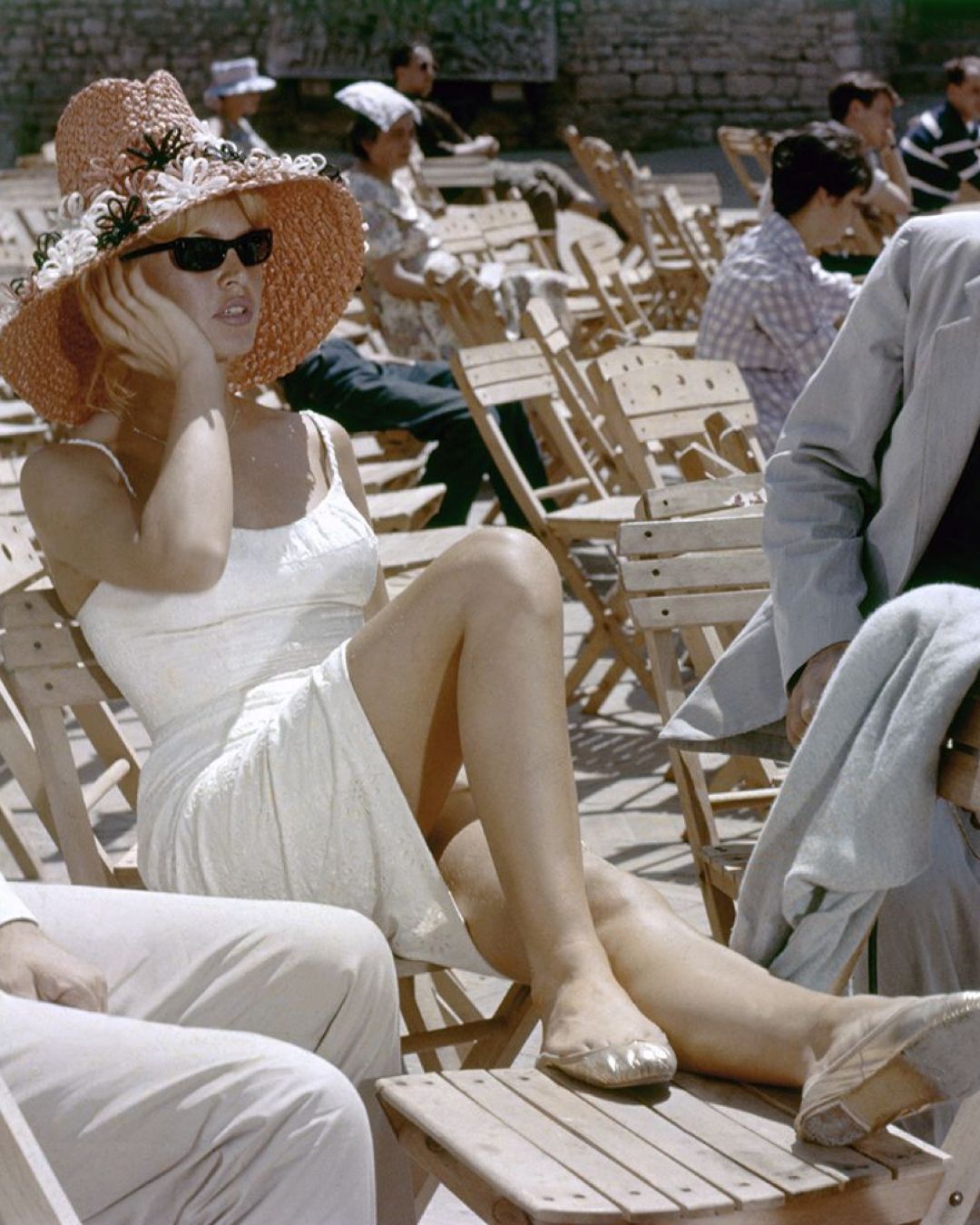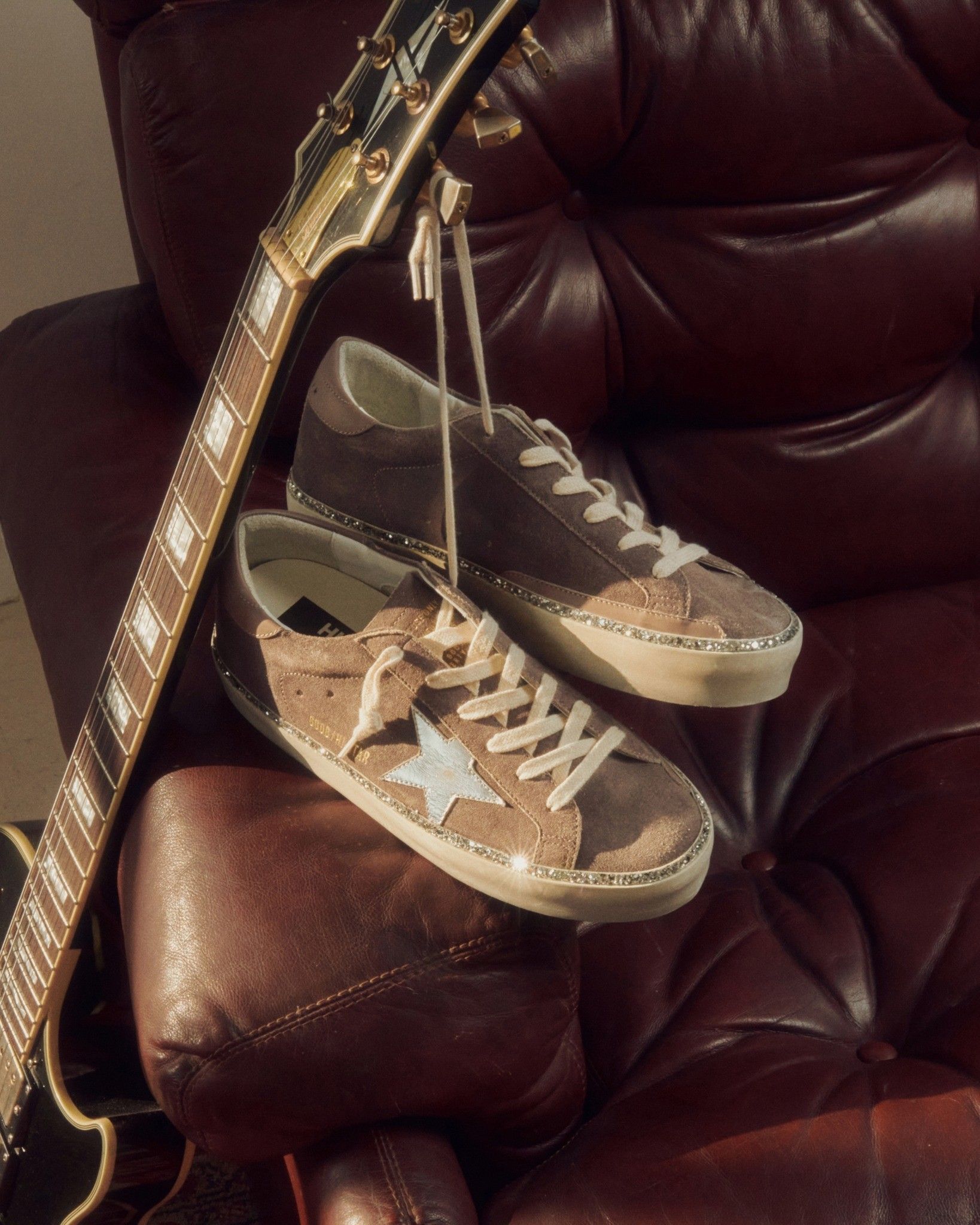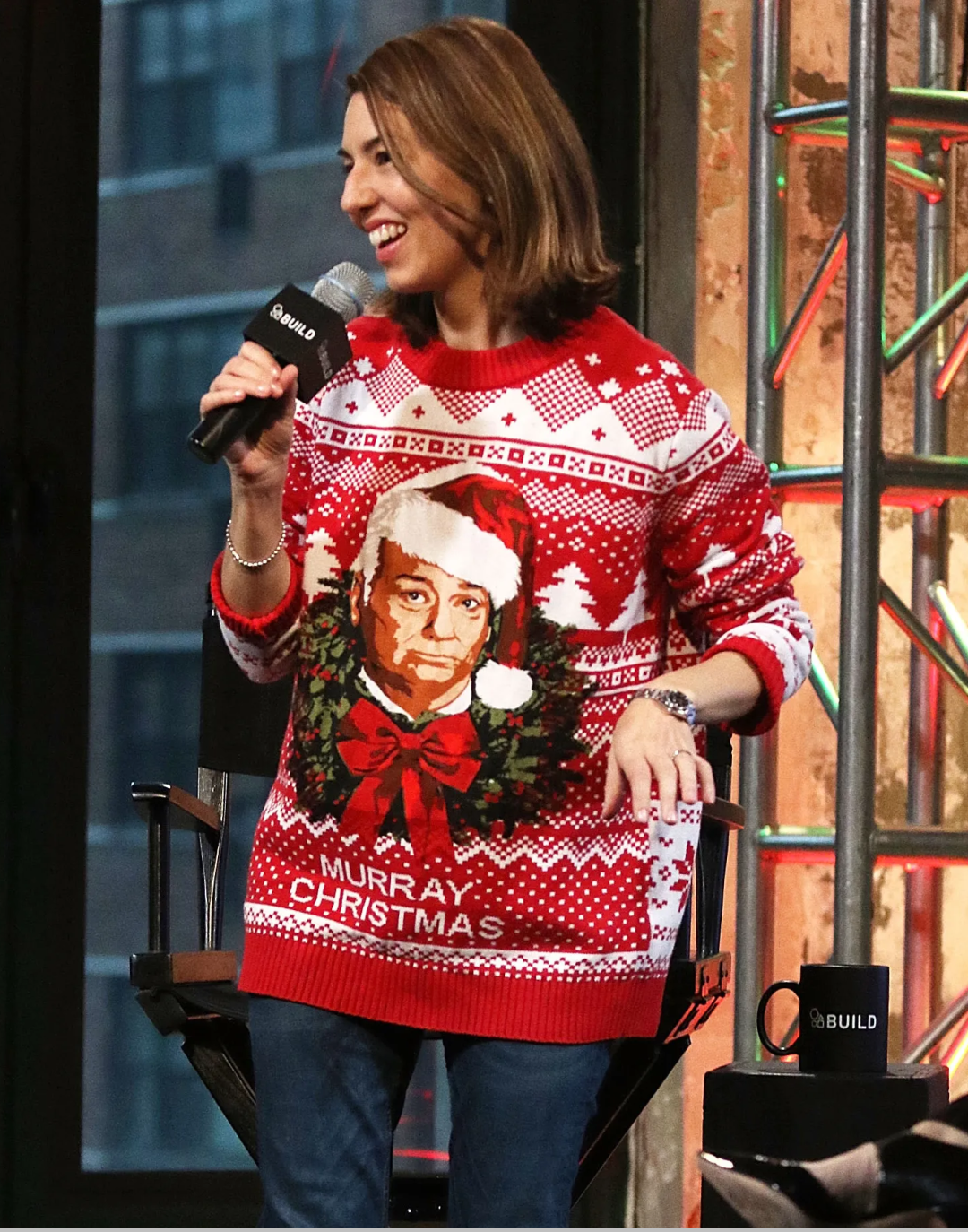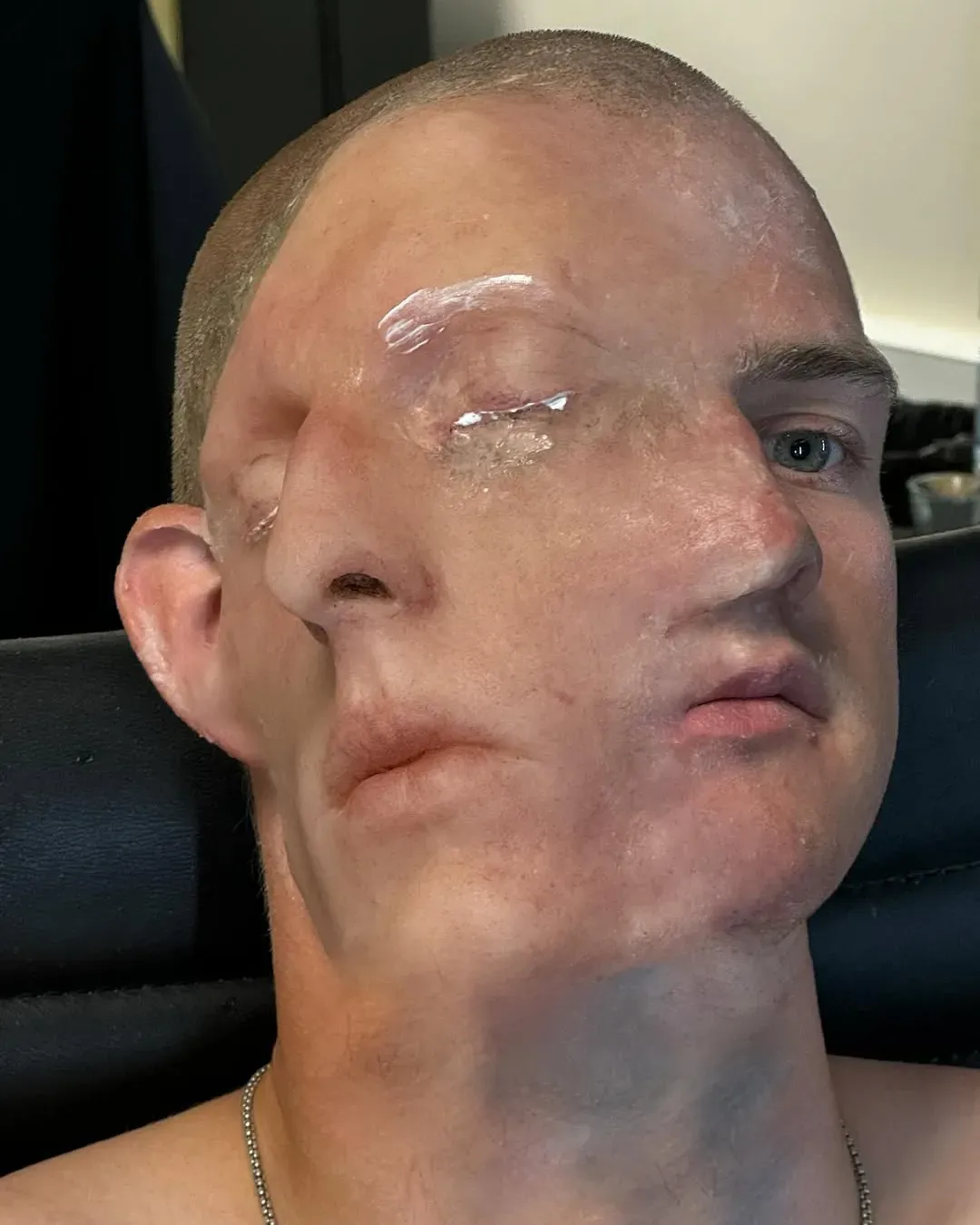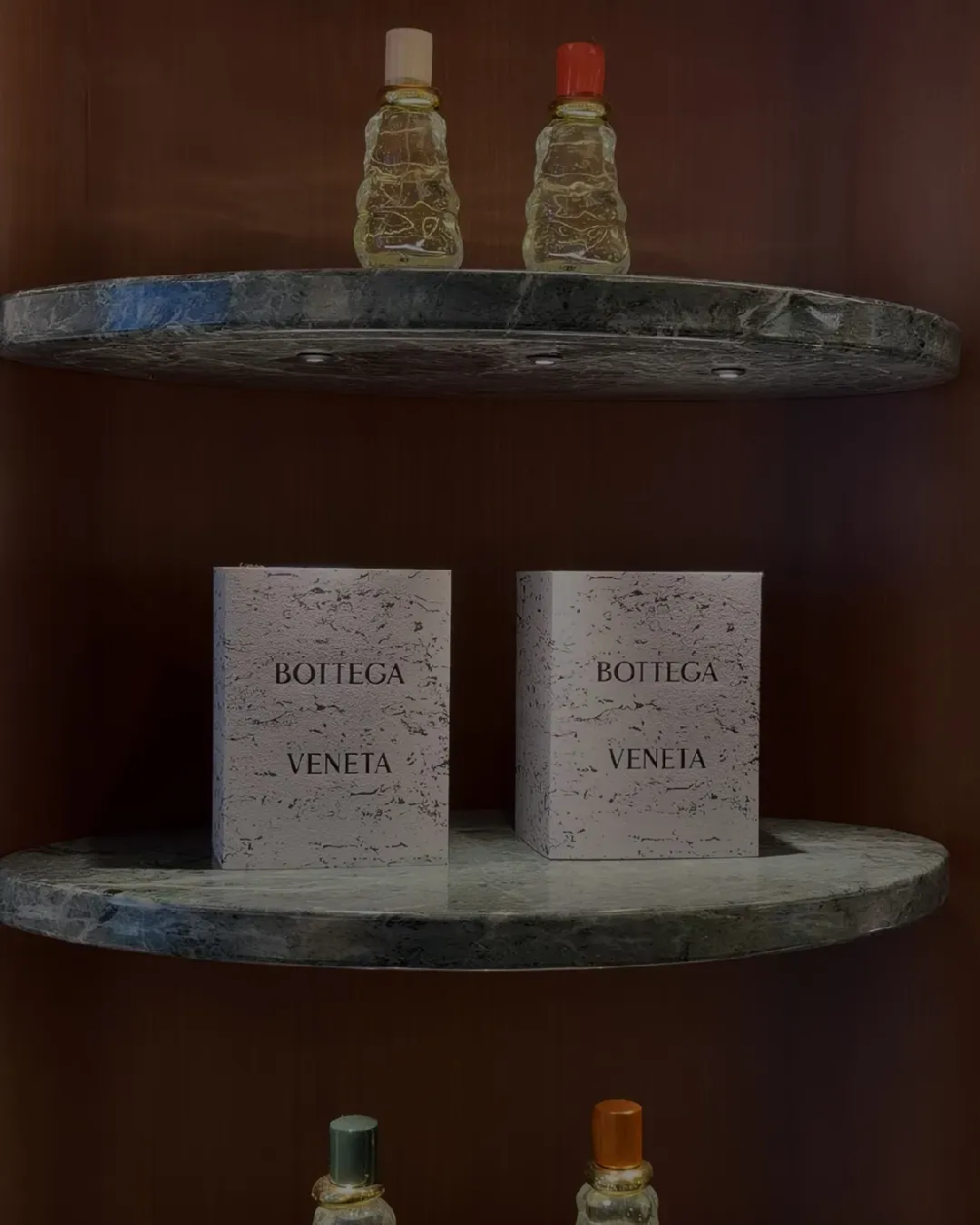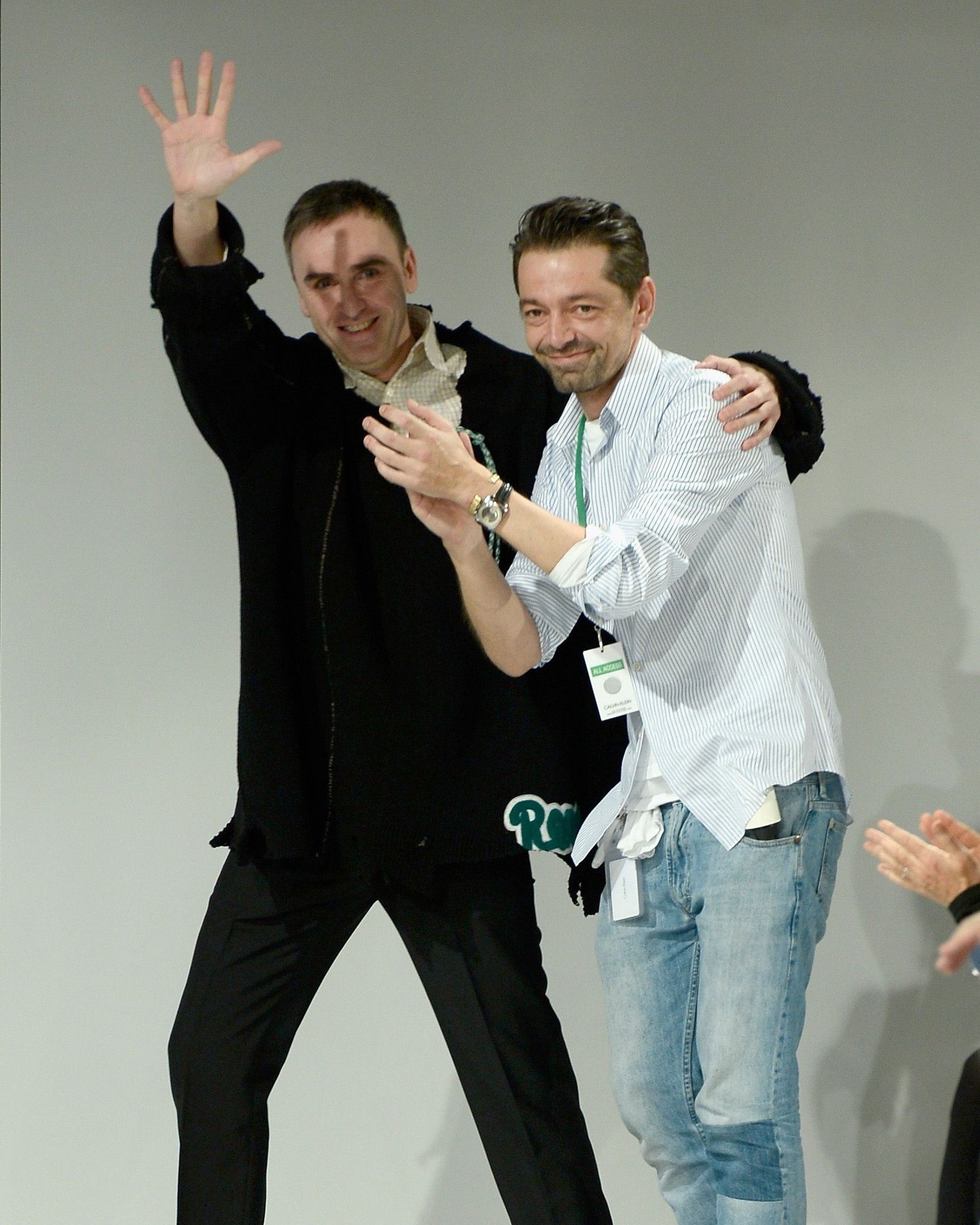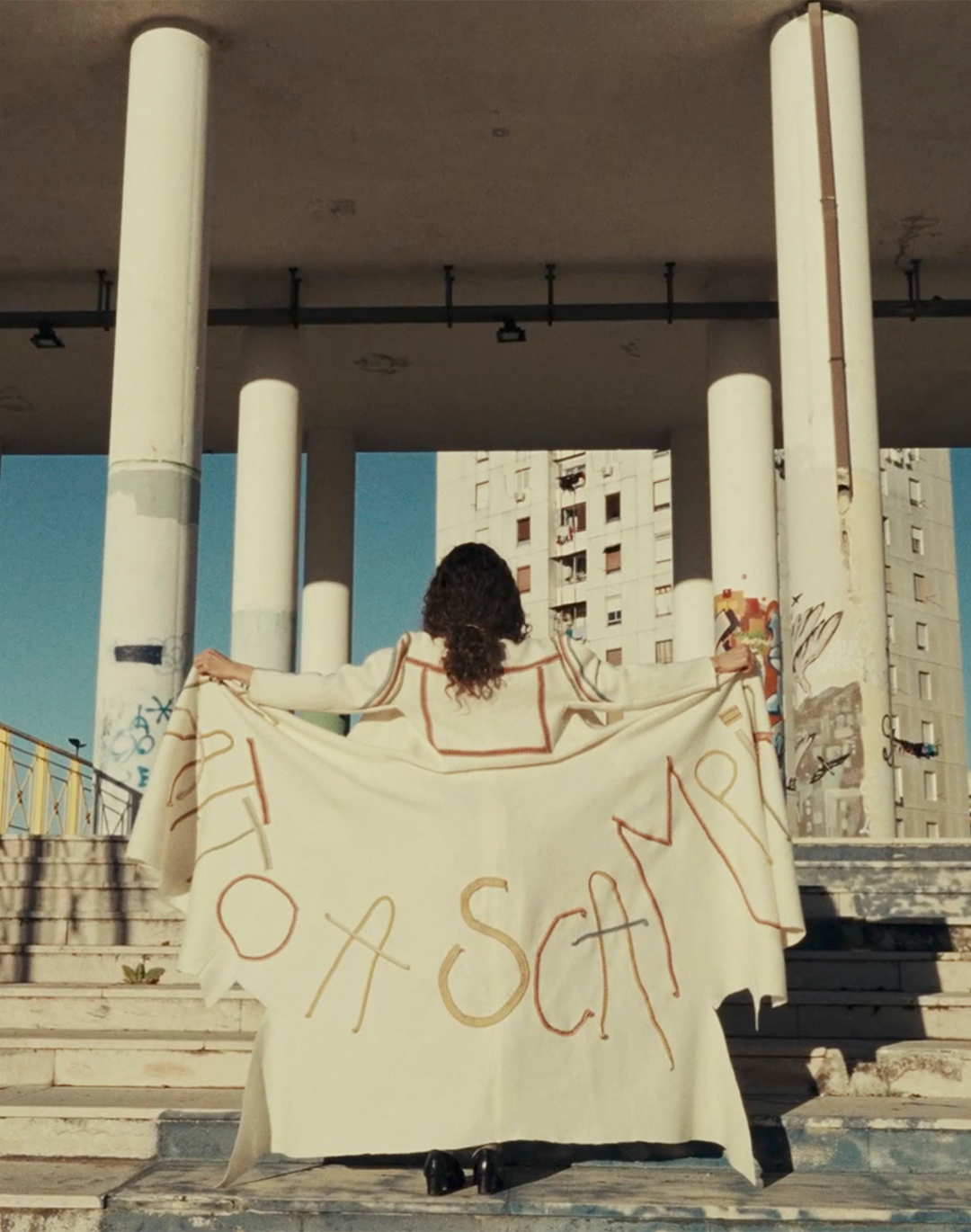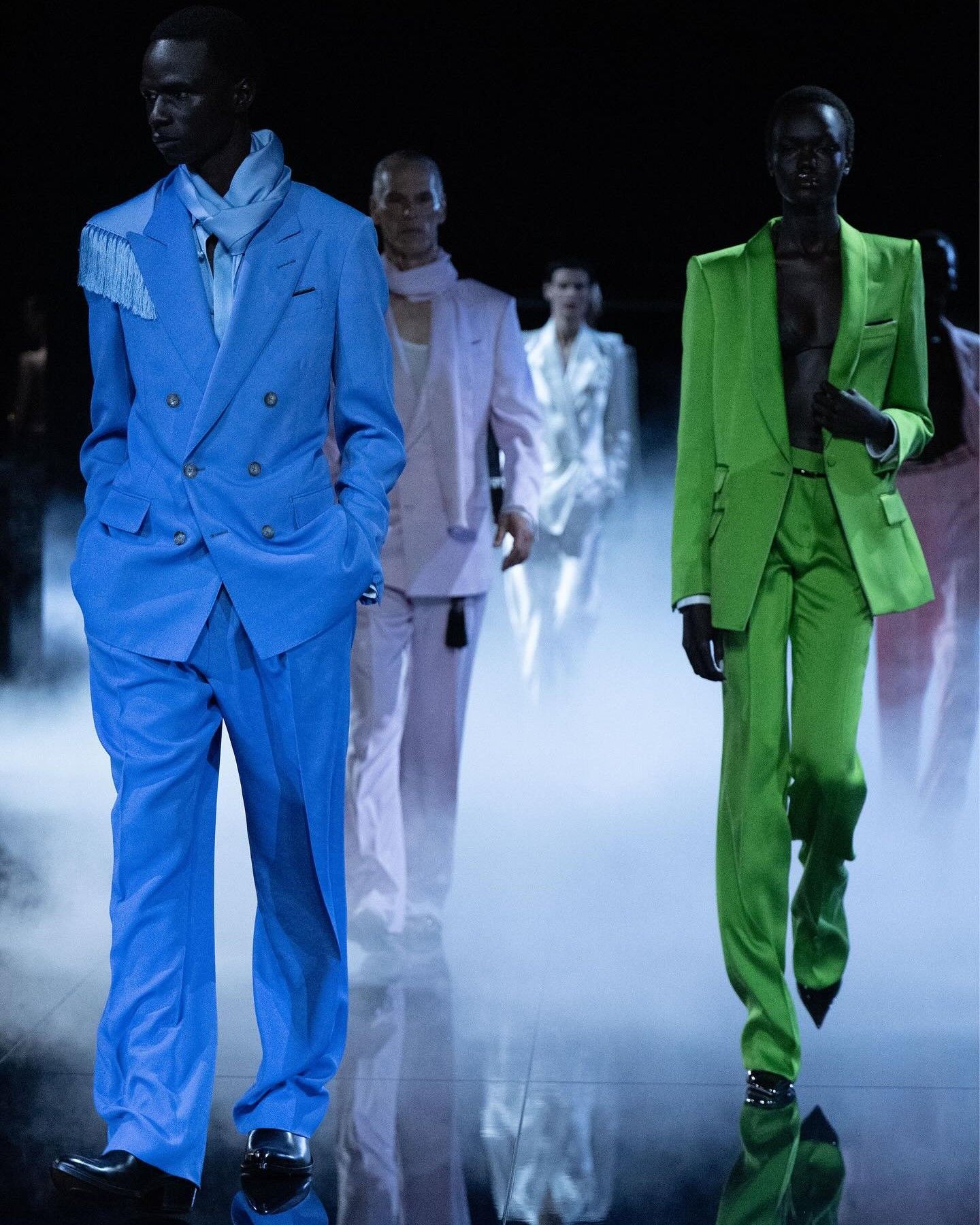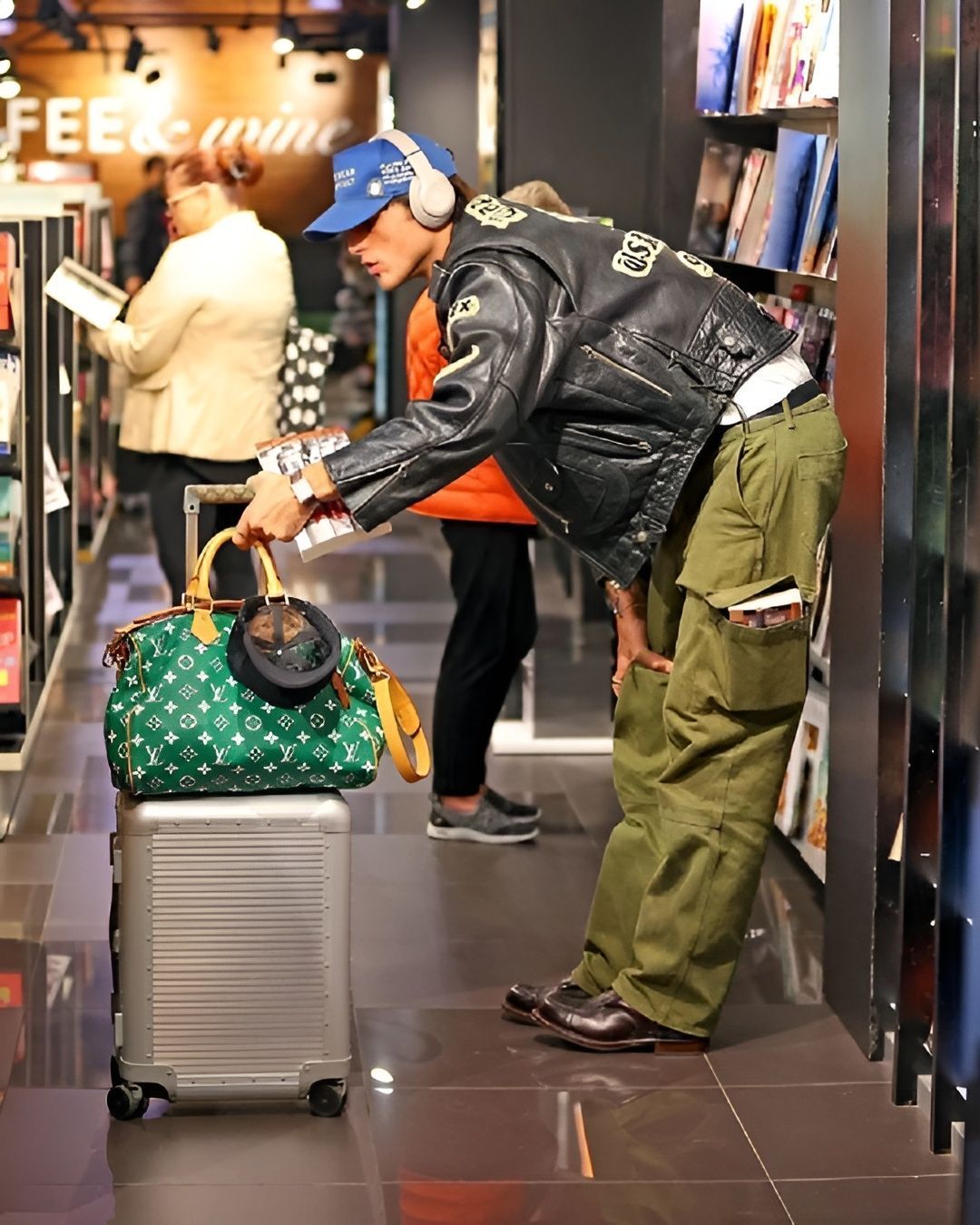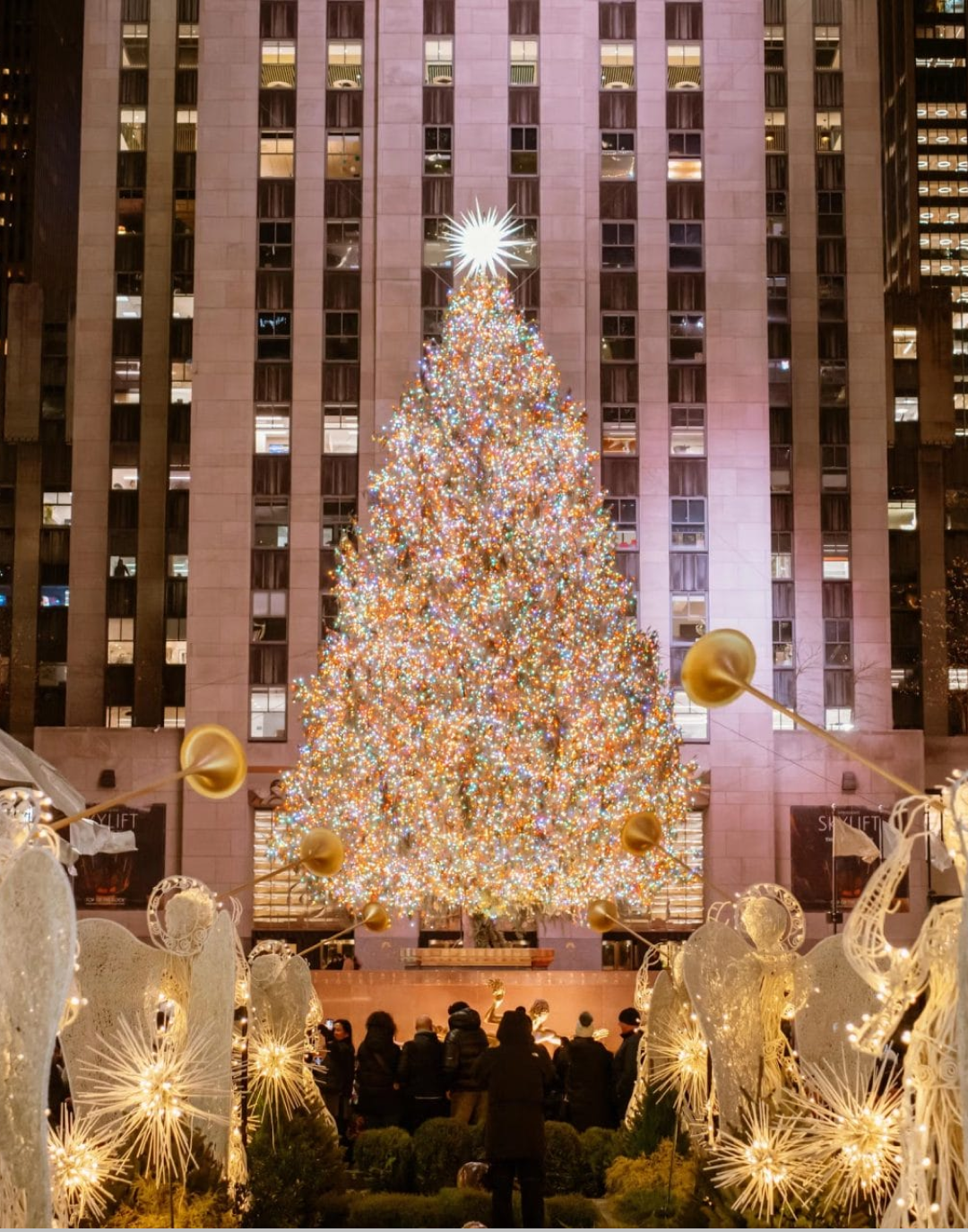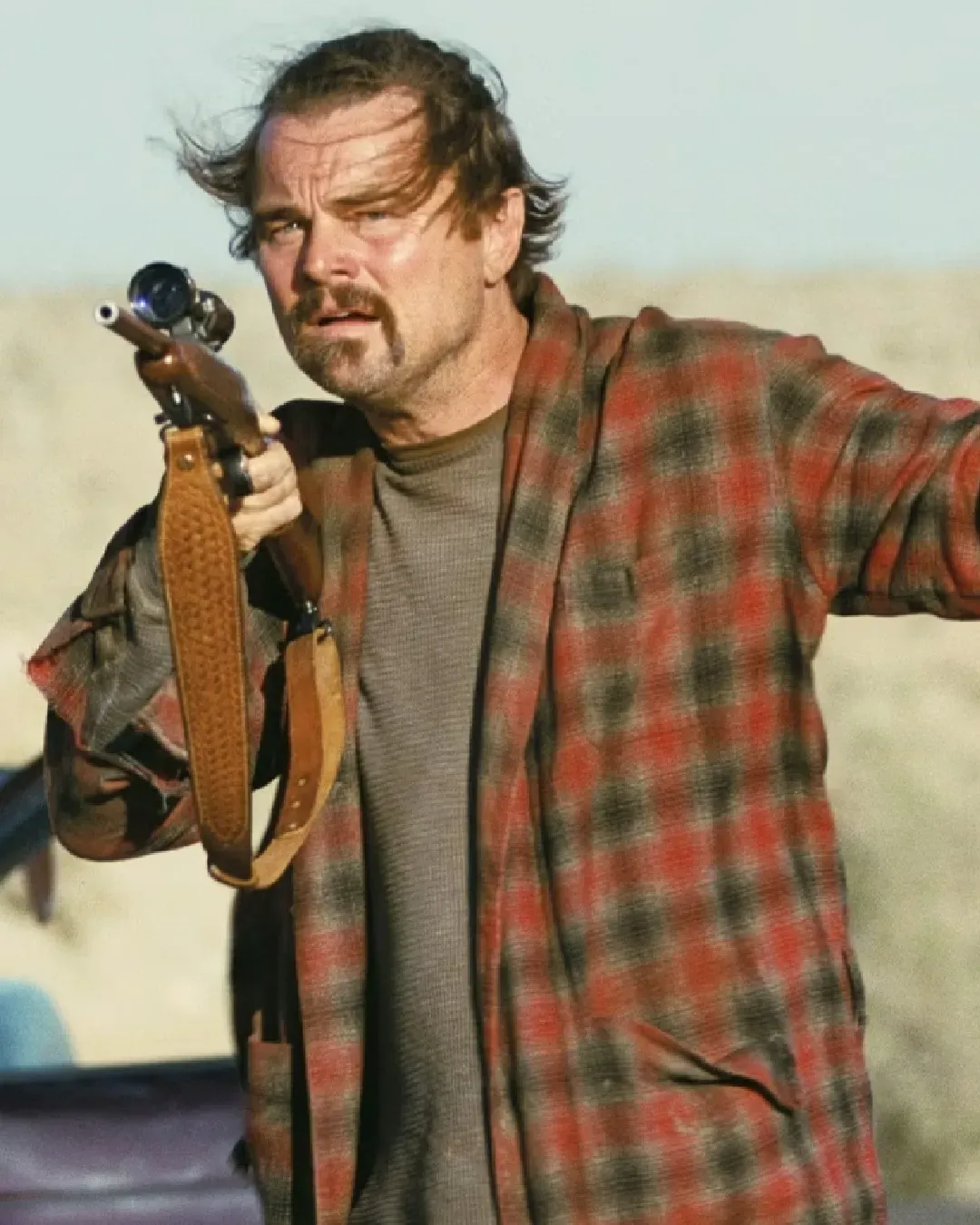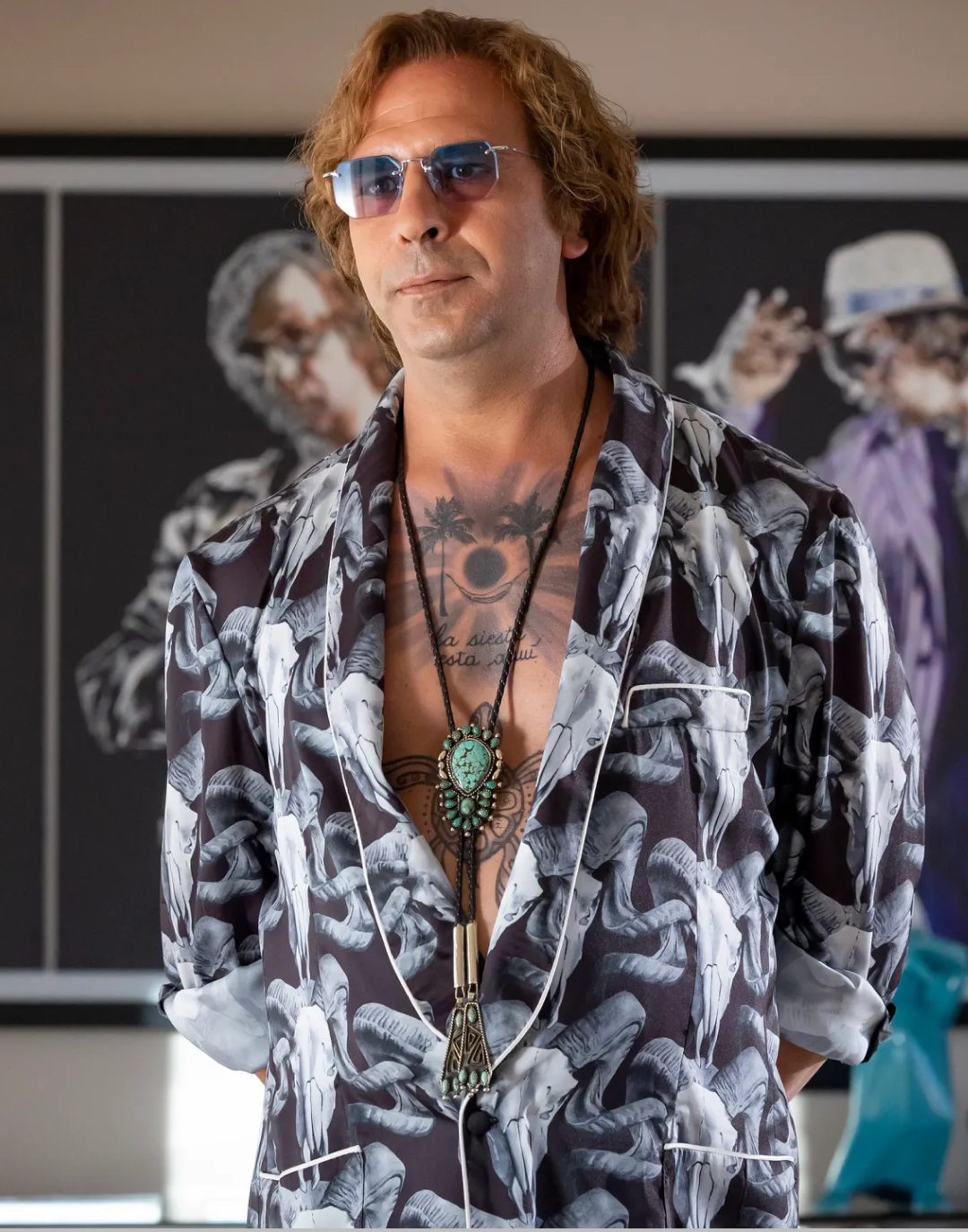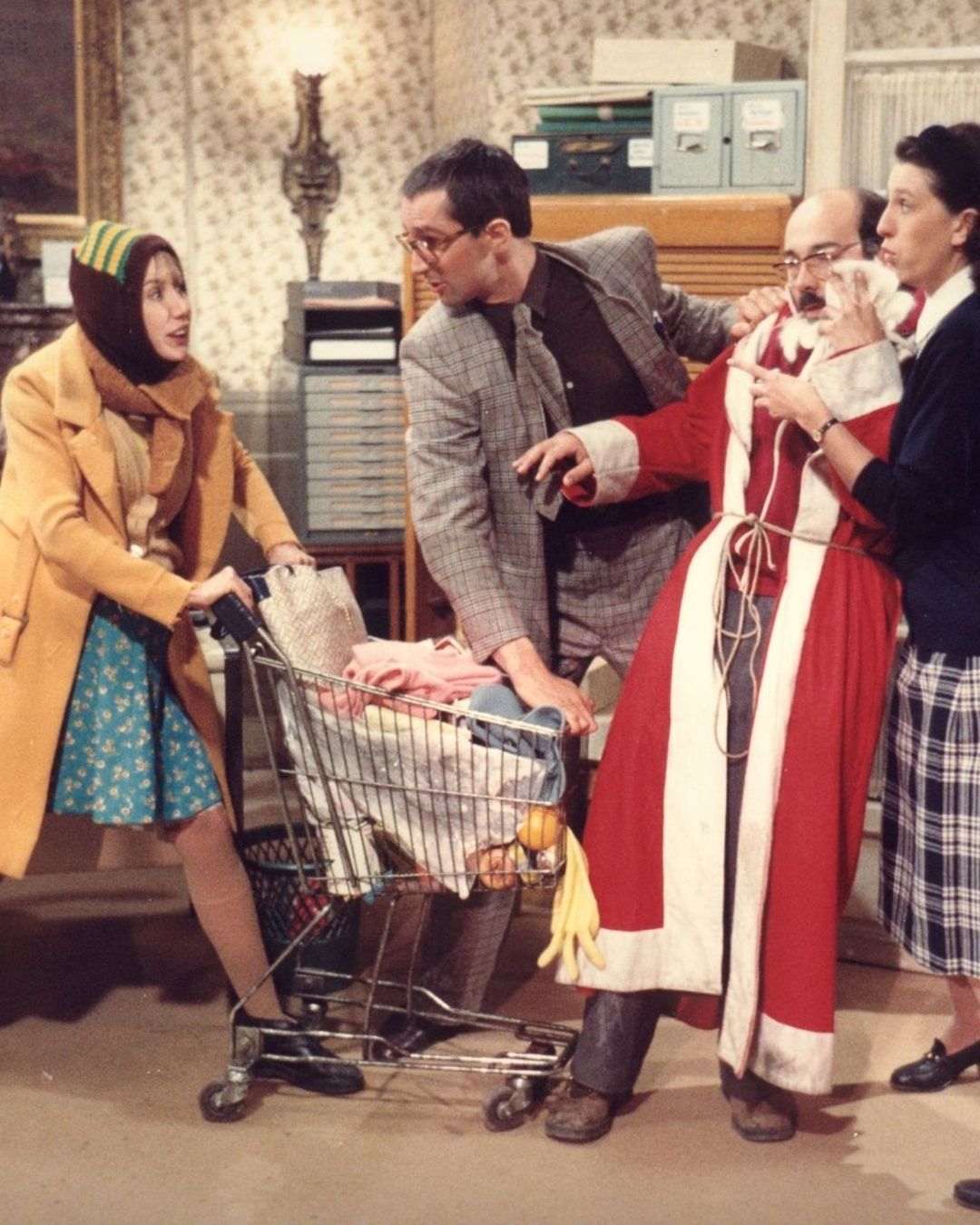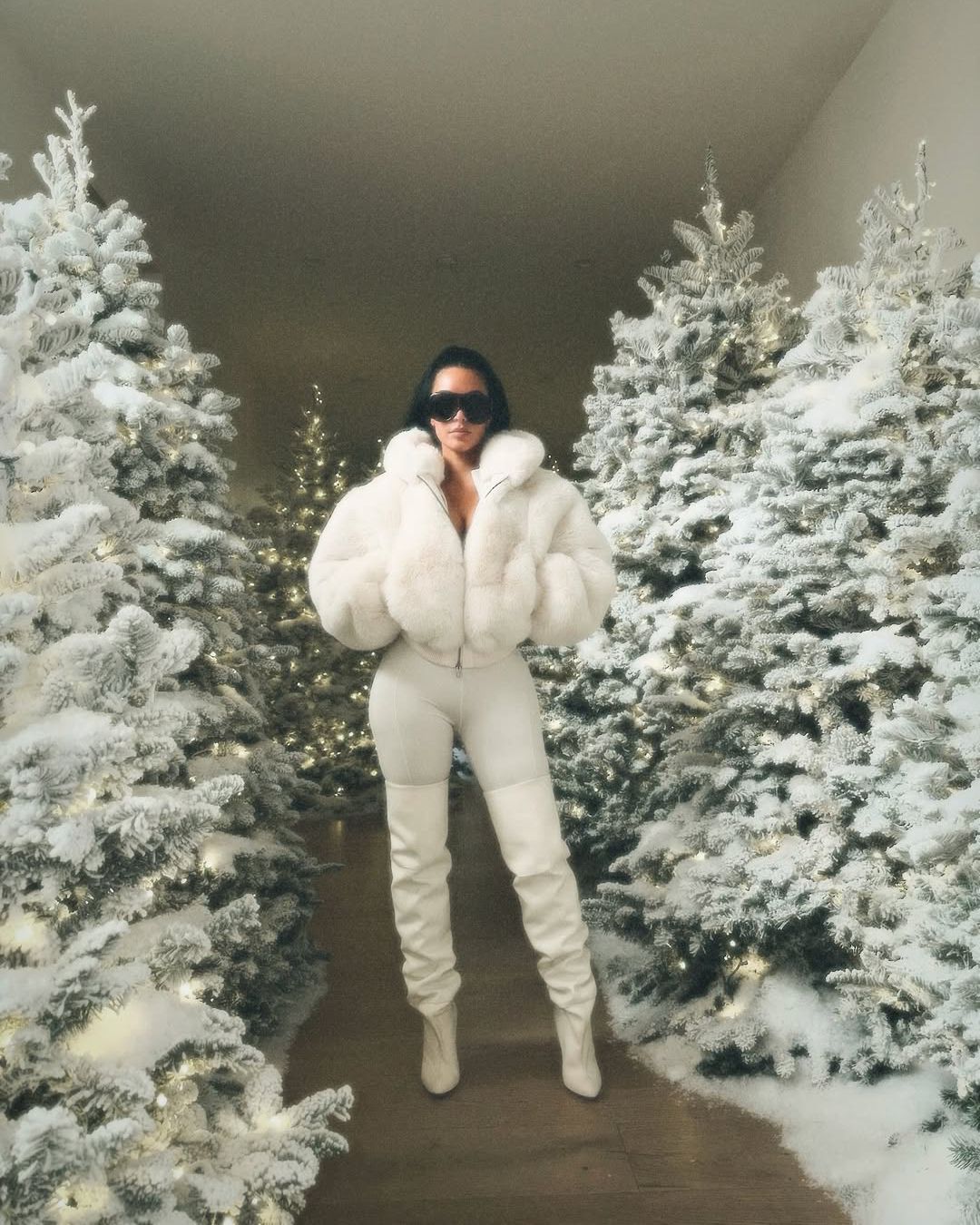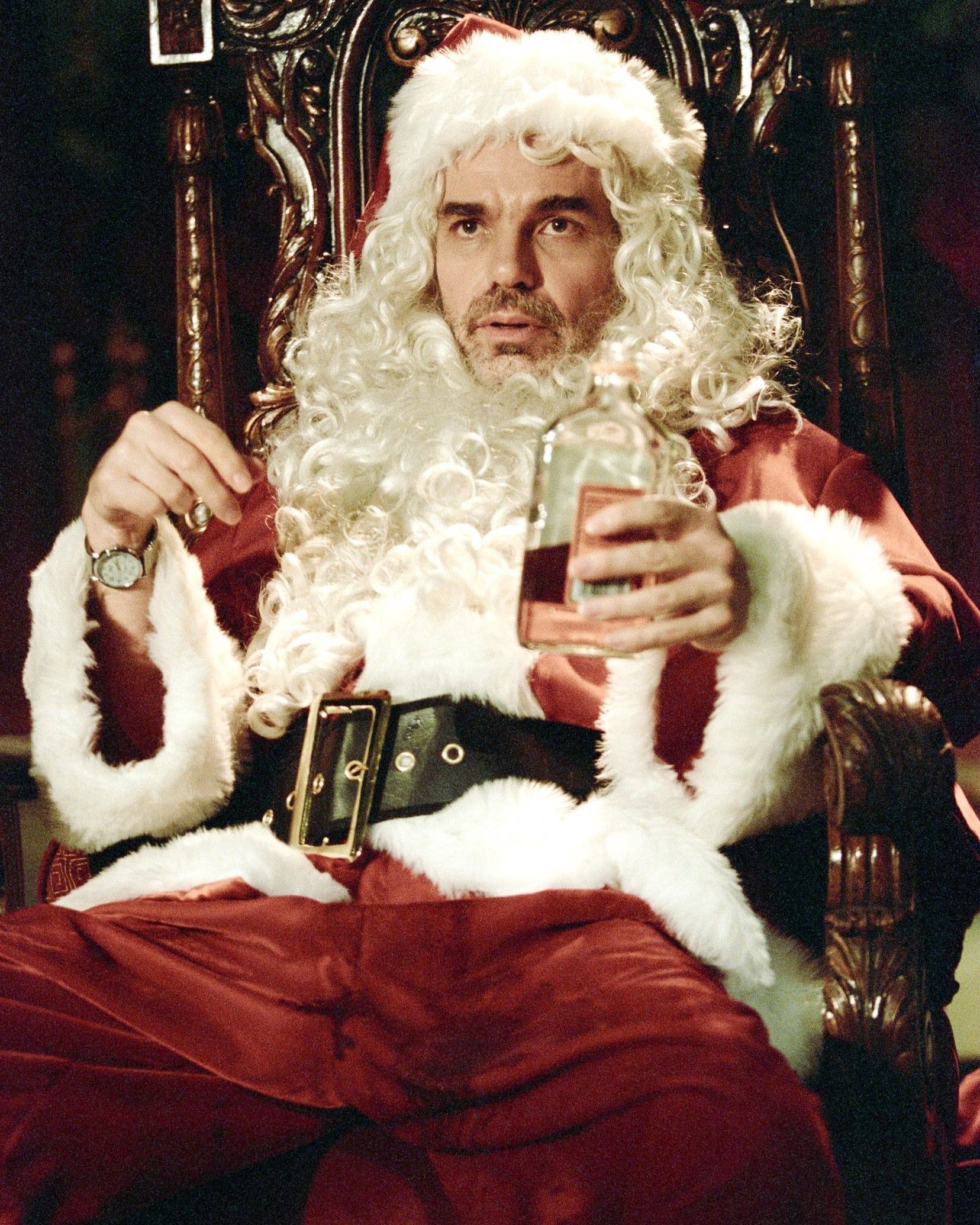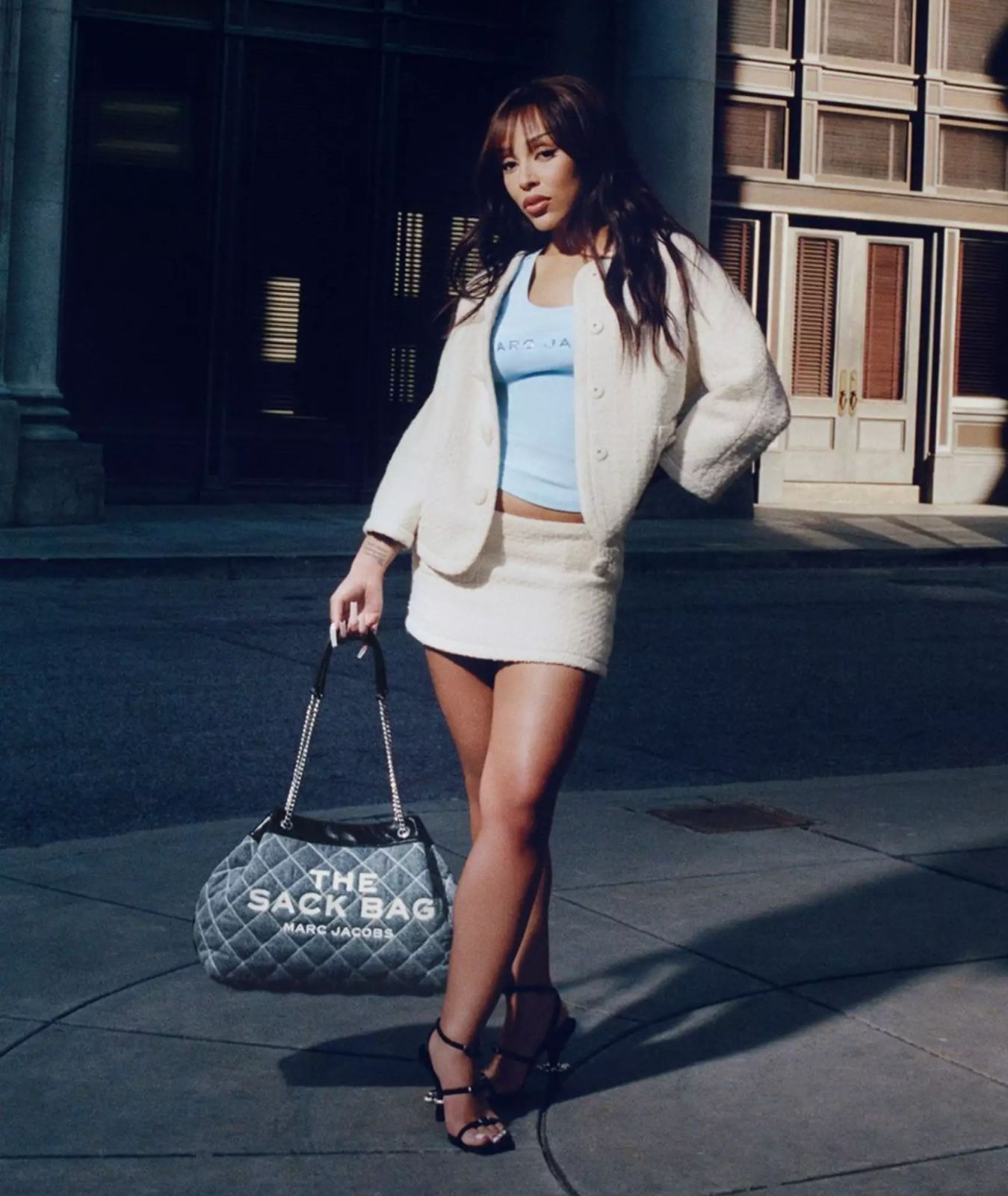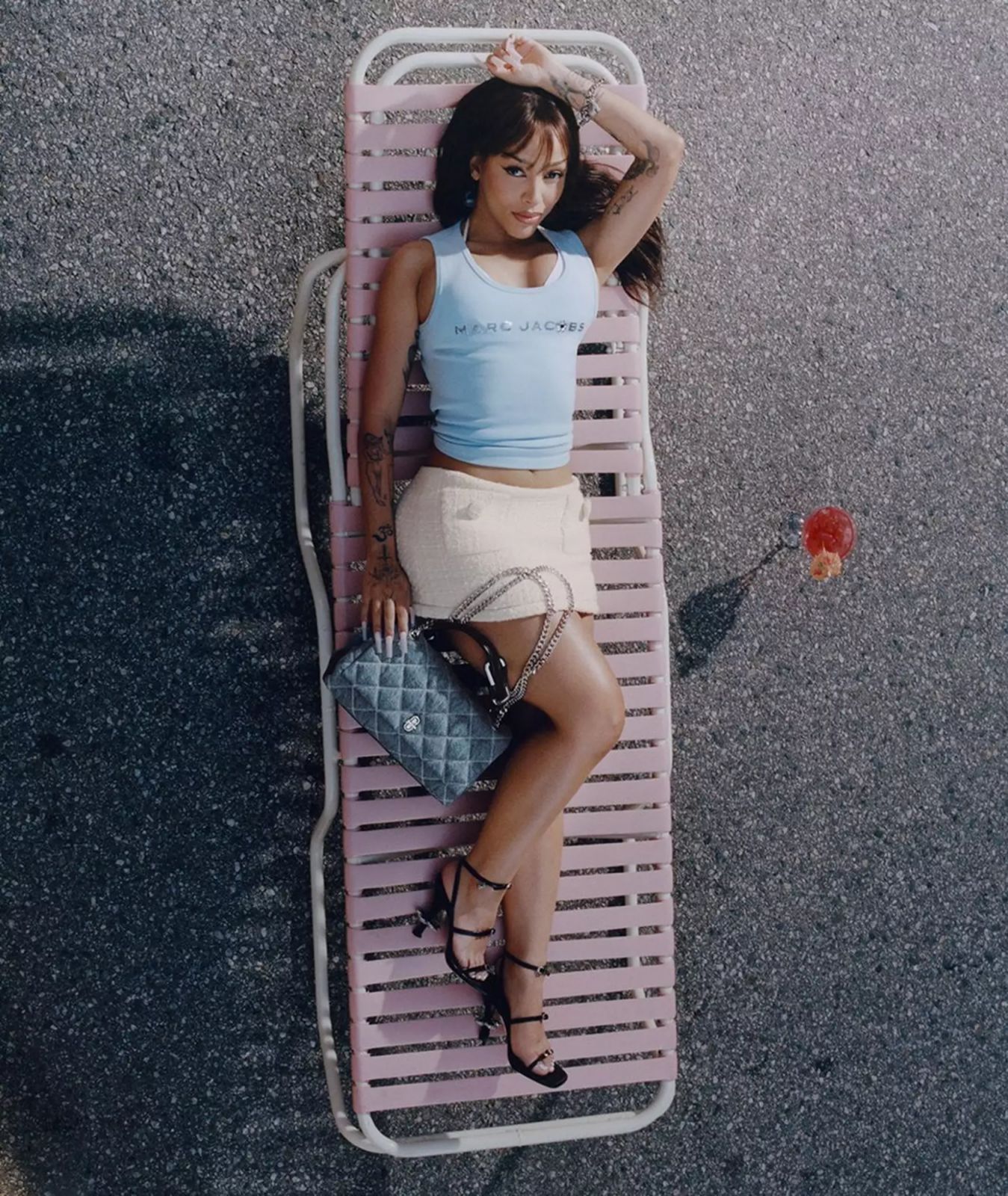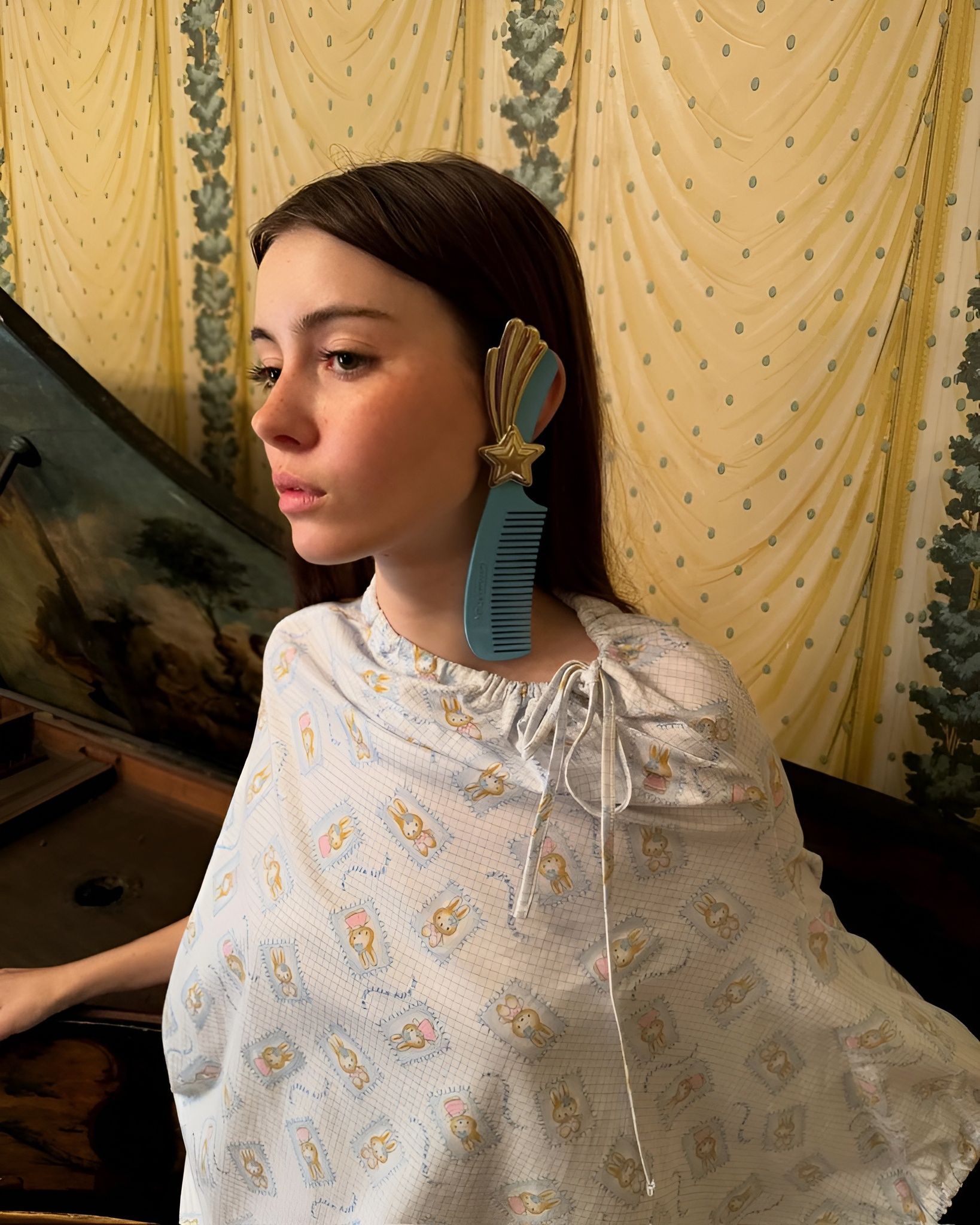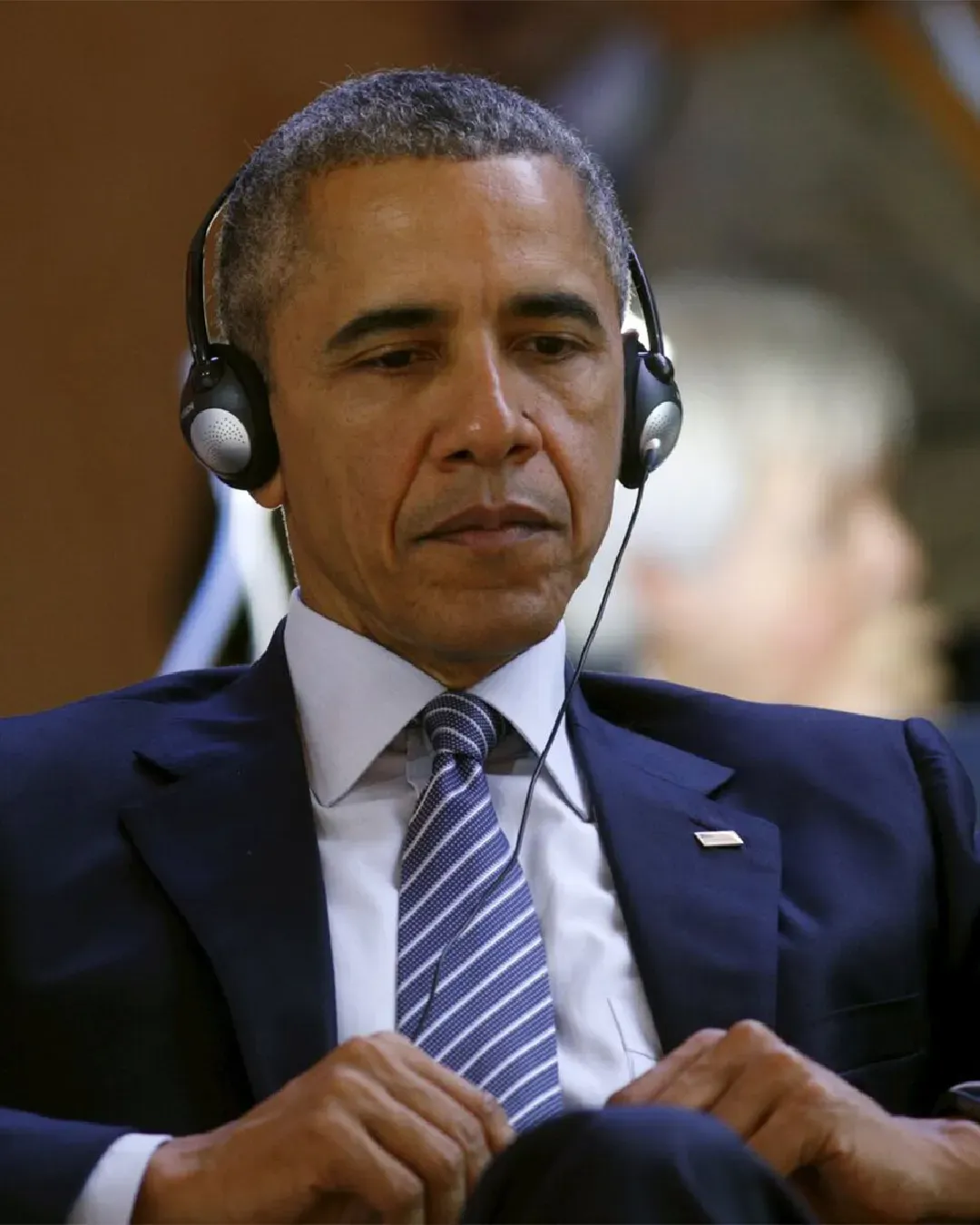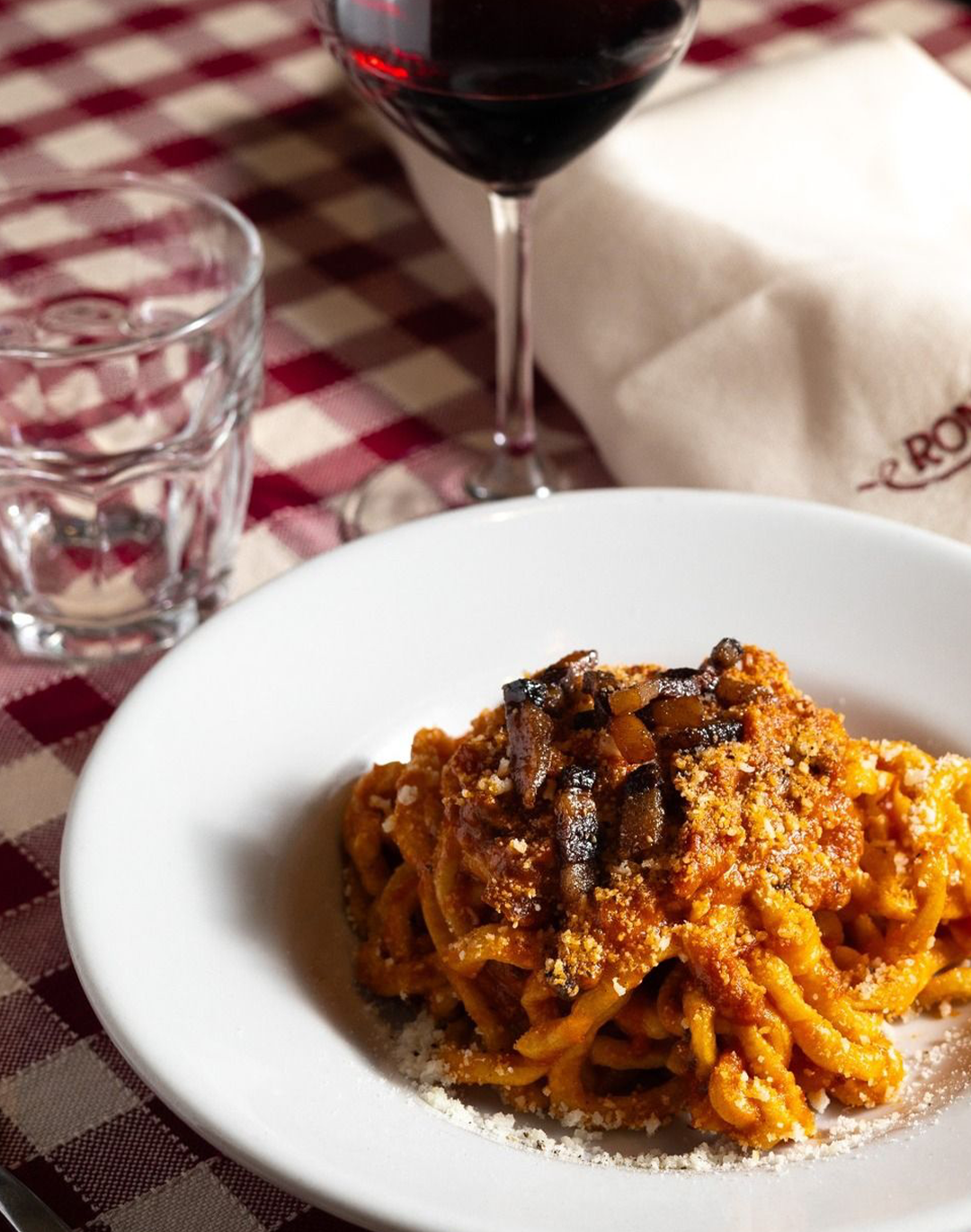
Why are so many brands copying Chanel all of a sudden? The Maison is back on everyone's moodboard

Talking about Chanel’s influence on fashion history might feel redundant at this point. After all, the Rue Cambon maison is arguably one of the most instantly recognizable names in the entire fashion system. Karl Lagerfeld’s years at the helm were so iconic that in 2023 the Costume Institute chose to dedicate that year’s Met Gala theme to the German designer, titling it “Karl Lagerfeld: A Line of Beauty.” And yet, since his passing, Chanel has experienced a visible decline in cultural relevance, coming across as a bit “dusty” to younger audiences who’ve now fully committed to newer, bolder aesthetics from brands like Miu Miu, Diesel, and Marc Jacobs. However, when Marc Jacobs released the teaser for his Pre-Fall 2025 collection just over a month ago, it felt like watching a slightly more contemporary, yet notably less chic version of Chanel: quilted flap bags, denim platform sandals, black Mary Janes paired with white socks, and an overwhelming amount of tweed. A creative pivot that felt oddly out of sync coming from the same designer who just a few seasons ago launched the hyper-pop, streetwear-infused line Heaven.
Same goes for Glenn Martens, whose Diesel FW25 collection, shown this January, felt like a grown-up version of the Gen Z favorite—maybe a quiet audition to prove he’s ready to step into Galliano’s shoes at Maison Margiela. The runway was packed with tweed, but also houndstooth—a pattern that Gabrielle Chanel famously brought back to the Paris runways in the ’30s. Independent designers like Simone Rocha and Willy Chavarria also delivered FW25 looks that, in very different ways, nodded to Chanel’s visual vocabulary: Rocha with distressed tweed, chains, and pearls through her coquette lens; Chavarria with rounded-collar jackets and gold buttons that could’ve come straight out of a vintage Chanel archive. Which begs the question—why is everyone suddenly leaning into this very specific, very classic aesthetic? Especially considering Chanel hasn’t exactly been synonymous with “hype” for the past three decades. So why does it feel like everyone’s trying to copy Matthieu Blazy’s soon-to-be home?
...
One of the answers might already be hiding in plain sight. This October marks the highly anticipated debut of Matthieu Blazy at the Grand Palais as Chanel’s new creative director. While no one knows what this “new Chanel” will actually look like, giving the reins to the Belgian designer seems like a very deliberate move—to replicate the same modernization process he orchestrated at Bottega Veneta, now scaled up within a house with even more institutional weight. While the maison’s heritage will remain non-negotiable, all signs point to a shift: fresher codes, a looser visual narrative, and a vibe more in tune with Gen Z. A direction already hinted at with the recent Chanel 25 campaign, fronted by Dua Lipa and Jennie from BLACKPINK—a marketing move as transparent as it is effective in lighting up younger audiences. Amid this changing of the guard, other brands seem to have jumped at the chance to tap into the aesthetic vacuum: or, as X users would say, “reheating Chanel’s nachos.” And not just for aesthetic alignment—there’s commercial strategy at play here too. Because if Chanel does decide to evolve away from its usual image, someone will have to fill that space.
@fine_young_cannibals An 80s classic that never goes out of style… She Drives Me Crazy As heard in the CHANEL 25 handbag campaign featuring @Dua Lipa & @JENNIE #fineyoungcannibals #shedrivesmecrazy #chanel #chanelhandbag #dualipa #jennie She Drives Me Crazy - Fine Young Cannibals
Then there’s the conservatism factor—possibly driven by the need to stay commercially viable—that seems to be pulling even the boldest, most subversive brands like Marc Jacobs and Diesel back toward a safer, more classic aesthetic. To be fair, Chanel was among the last to feel the hit of the current luxury downturn, and even then, fared better than competitors like LVMH or Kering. Still, in 2024, the maison posted its first year-over-year revenue drop since the pandemic, with sales falling 4.3% to $18.7 billion. A slowdown largely driven by weakened demand in key markets like mainland China, compounded by the brand’s aggressive investment strategy despite growing macroeconomic and geopolitical headwinds. Which brings us back to the point: when the market wobbles, brands gravitate toward visual safety nets—a tried-and-true look that makes consumers feel like their investment is secure. In that light, aesthetic conservatism isn’t just a style choice—it’s a survival strategy. As CEO Leena Nair put it, Chanel plays the long game. And that mindset—steady, calculated, long-term—might just convince more brands to stick to the familiar rather than risk the unknown. But at the end of the day, for better or worse, there’s still only one Chanel.


